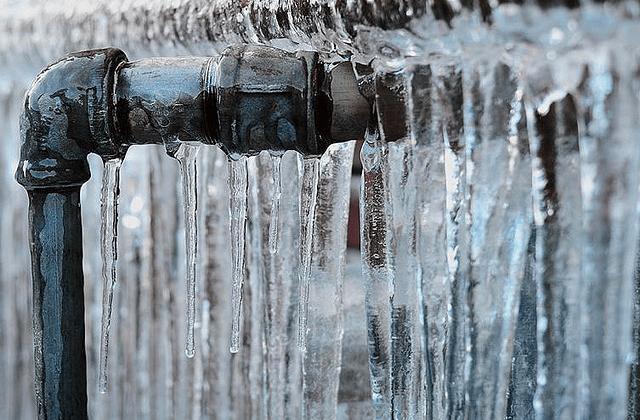We've encountered the article on Preventing and dealing with frozen pipes down the page on the net and reckoned it made good sense to relate it with you on this site.

Winter can ruin your pipes, especially by freezing pipes. Right here's how to prevent it from happening and what to do if it does.
Intro
As temperature levels decrease, the risk of icy pipelines boosts, potentially leading to pricey repair services and water damage. Understanding just how to avoid frozen pipelines is important for homeowners in cool climates.
Avoidance Tips
Protecting susceptible pipes
Wrap pipelines in insulation sleeves or make use of warmth tape to protect them from freezing temperature levels. Focus on pipelines in unheated or external areas of the home.
Heating strategies
Keep indoor rooms adequately heated, specifically locations with plumbing. Open up cabinet doors to allow cozy air to circulate around pipes under sinks.
Exactly how to recognize frozen pipelines
Try to find reduced water flow from faucets, uncommon smells or noises from pipelines, and noticeable frost on revealed pipelines.
Long-Term Solutions
Structural adjustments
Think about rerouting pipes away from exterior wall surfaces or unheated locations. Include additional insulation to attics, basements, and crawl spaces.
Updating insulation
Purchase high-grade insulation for pipelines, attics, and walls. Correct insulation assists maintain regular temperature levels and decreases the risk of icy pipes.
Shielding Outside Pipes
Garden hoses and outside faucets
Detach and drain yard hoses before winter. Set up frost-proof faucets or cover outdoor taps with shielded caps.
Comprehending Icy Pipes
What triggers pipelines to ice up?
Pipes ice up when revealed to temperature levels below 32 ° F (0 ° C) for expanded periods. As water inside the pipes ices up, it expands, putting pressure on the pipe walls and potentially causing them to break.
Dangers and problems
Frozen pipes can bring about water supply disruptions, property damage, and pricey repairs. Ruptured pipelines can flood homes and trigger extensive structural damage.
Indicators of Frozen Pipes
Identifying icy pipelines early can prevent them from bursting.
What to Do If Your Pipes Freeze
Immediate actions to take
If you suspect icy pipes, maintain faucets open to relieve stress as the ice melts. Make use of a hairdryer or towels taken in hot water to thaw pipelines slowly.
Final thought
Avoiding icy pipes needs proactive procedures and fast reactions. By understanding the causes, indicators, and preventive measures, home owners can safeguard their pipes throughout winter.
5 Ways to Prevent Frozen Pipes
Drain Outdoor Faucets and Disconnect Hoses
First, close the shut-off valve that controls the flow of water in the pipe to your outdoor faucet. Then, head outside to disconnect and drain your hose and open the outdoor faucet to allow the water to completely drain out of the line. Turn off the faucet when done. Finally, head back to the shut-off valve and drain the remaining water inside the pipe into a bucket or container. Additionally, if you have a home irrigation system, you should consider hiring an expert to clear the system of water each year.
Insulate Pipes
One of the best and most cost-effective methods for preventing frozen water pipes is to wrap your pipes with insulation. This is especially important for areas in your home that aren’t exposed to heat, such as an attic. We suggest using foam sleeves, which can typically be found at your local hardware store.
Keep Heat Running at 65
Your pipes are located inside your walls, and the temperature there is much colder than the rest of the house. To prevent your pipes from freezing, The Insurance Information Institute suggests that you keep your home heated to at least 65 degrees, even when traveling. You may want to invest in smart devices that can keep an eye on the temperature in your home while you’re away.
Leave Water Dripping
Moving water — even a small trickle — can prevent ice from forming inside your pipes. When freezing temps are imminent, start a drip of water from all faucets that serve exposed pipes. Leaving a few faucets running will also help relieve pressure inside the pipes and help prevent a rupture if the water inside freezes.
Open Cupboard Doors
Warm your kitchen and bathroom pipes by opening cupboards and vanities. You should also leave your interior doors ajar to help warm air circulate evenly throughout your home.

We hope you liked our excerpt about How to Prevent Your Pipes From Freezing. Thanks a ton for taking the time to browse our posting. If you please pause to distribute this page if you enjoyed it. I love your readership.
About This